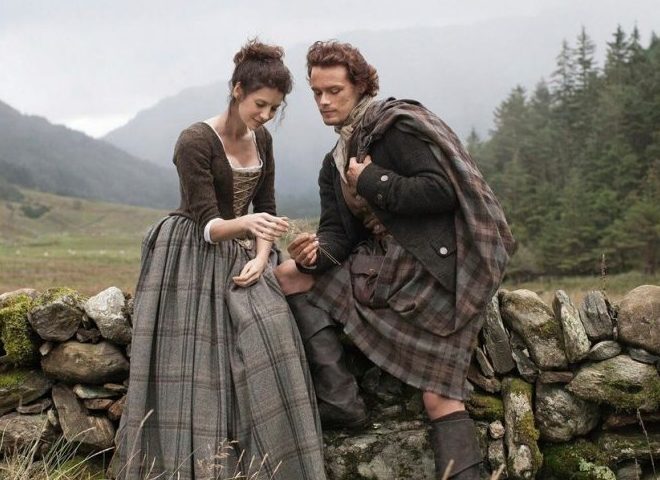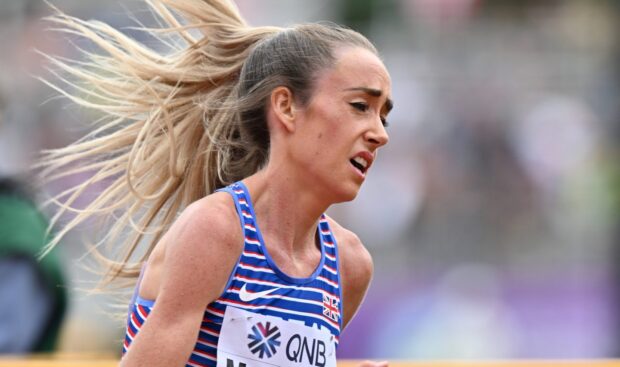In other news, the American author Diana Gabaldon has revealed that her best-selling Outlander books were inspired by seeing a Dr Who character wearing a kilt.
That would be Jamie McCrimmon, the young Scot from 1945 who found himself travelling aboot in a Tardis. Well, it’s better than hingin’ aboot the glens, ken?
Same goes for writing best-selling novels. I get the distinct impression that these Outlander affairs appeal more to the female gender of Earthling.
I was once present at a discussion between two members of an Outlander fan club. This was long before the TV series, and two pleasanter, more level-headed people you couldn’t have hoped to meet. My impression then was that their devotion was inspired by the fact that the novels involved a lot of kissing and other similar nonsense unlikely to appeal to men. Men, as far as I understand the controversial and unloved gender, are far too busy for that sort of thing.
I never got round to reading the books, mentally filing them away as Mills & Boonery, which is doubtless unfair. However, the TV series has now become popular around yonder world, and I do worry about what effect it has had on folks’ perception of us.
Doubtless, it is romanticised, and I fear that, were they to visit the glens and malls, the reality of Scotia Minor would be a great disappointment to expectant tourists. Our English cousins suffer from folk – particularly Americans – still thinking they are polite and genteel characters from an Ealing Brothers comedy, while Scots are thought to be wild and free, a laughable idea indeed.
Of course, some may also have seen Trainspotting, which did feature a glen briefly, though it was derided as unnatural, while the chaps at the heart of the film were not much given to dancing reels or wearing frilly shirts.
Certainly, wherever you go in Craven Caledonia today, you’re unlikely to find many decent ratepayers stravaiging hither and yon in kilts. It’s not really a shame. If you do find someone so attired they’re almost certainly on their way to a wedding.
The last time I was forced to attend one of these sad occasions, I noticed that the wimpier sort of men managed to cover their knobbly knees by combining long socks with a long kilt. I, for my part opted for a mini kilt, which cost ten pounds from a tat shop. Upon inquiring about the tartan, the shopkeeper consulted a heavy tome and said: “Clan Blenkinsop.”
The one time I was really inspired by kilts was at an outdoor festival of some sort, where there was a bunch of hairy, bearded guys in leather jackets, kilts and Doc Martens. I still think it’s a great look and, indeed, used to have dreams of it, featuring a whole army of such dudes marching along on elongated legs like folk in Robert Crumb’s famous “Keep on truckin’” cartoon. Many of you, I know, are Jungian analysts, and I would be grateful if you kept that to yourselves.
Many cultures have some form of national costumery, be it peculiar trousers or elongated millinery, and I suppose the kilt is no worse than others. And, if it inspires the imaginations of novelists, then lang may it sway.





